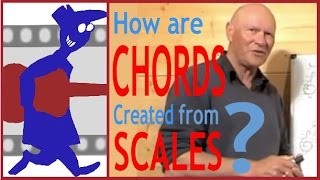There is only one chord shape on the guitar - Part 2
Published on 26 January 2016
If you would like to gain full access to all our Guitar Teaching Materials please visit the Secret Guitar Teacher Site and take a free tour: http://www.secretguitarteacher.com/youtube/ssb.php?lp_id=452
Here's the video transcript:
In the last Sound Bite we showed how the basic shapes for G, C and F are really all the same shape simply moved across the strings and adjusted to accommodate the second string tuning anomaly.
And at the end of that lesson I encouraged you to see if you could work out how all the other major chords fit into this scheme of things. Well let's see if you thought along these lines...
We started with G and moved it across to make C and then F In this configuration of F we can see that the chord comprises the notes F as root,
A as third and C as fifth with another F at the top end here
You probably already know that an alternative way of playing F is to include the open A string...to give us a first inversion - a voicing of the chord with the third in the bass rather than the root and the chances are good that you have also used this fingering for F which turns our open A into a C - the fifth in the chord of F thus giving us a second inversion of F major.
Then of course we can complete our tour of popular F shapes by adding the sixth string fingered at fret 1 giving us a nice solid root position voicing again and also providing us with probably the most commonly used movable chord shape - the 'E' shaped barre chord....and of course we call it 'E' shaped because if we slide the whole arrangement down a fret to its open position we get our basic E chord.
Now, while it's unlikely that anyone watching this hasn't spotted the connection between the F barre chord and the open E chord, I am betting less of you will have spotted that the open E chord is the same shape as the A chord...again, this fact is hidden by the effect of the second string anomaly. As we move the shape across the strings this finger has to shift up a fret to compensate for this string being tuned relatively lower. But the arrangement of intervals remains pretty much intact root, 5th, root, 3rd - the A chord loses the high root note that the E shape has, but it gains the possibility of a low 5th here on the open E string that you haven't got on a normal six string guitar for the open E chord shape.
So what happens when we move the A chord across the strings...and shift the note on the second string up a fret to compensate for the second string tuning anomaly? We get a D chord!
So that completes the heart of our claim that there is only one chord shape - to recap:
Starting with G we move that across to get C and then F - we take F down a fret to get E and take that across to get A and then D.
Pretty much all other Major chord shapes can be related directly to one of these six shapes which, as I hope you can now see, are all closely related to each other.
So that's my explanation of the rather odd claim made in the lesson title - there really is only one chord shape on the guitar.
Perhaps, it would be fairer to say that there is only one shape for all major chords. But in the next lesson, we'll look at how once you have understood the inner workings on the shape for the Major chord - it's not that hard to understand Minor and seventh chords as well.
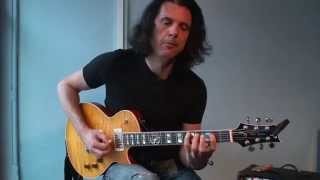 Guitar Lesson: Alex Skolnick - Alternate picking (...
Guitar Lesson: Alex Skolnick - Alternate picking (...
 Learn Songs Faster On Guitar: How Understanding Ch...
Learn Songs Faster On Guitar: How Understanding Ch...
 Mother of All Major Scale Exercises - Part 2 of 4
Mother of All Major Scale Exercises - Part 2 of 4
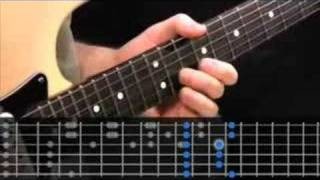 5 Essential Blues Boxes: Box 5 Preview
5 Essential Blues Boxes: Box 5 Preview
 Major Scale Sandwich Exercise Part 1
Major Scale Sandwich Exercise Part 1
 3 Intermediate Fingerstyle Rhythm Patterns - Guita...
3 Intermediate Fingerstyle Rhythm Patterns - Guita...
 Theory: Understanding The Circle Of 5ths (All key...
Theory: Understanding The Circle Of 5ths (All key...
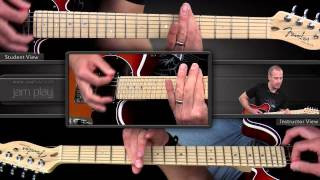 Beginner Guitar Lesson - The A Shape Barre Chord
Beginner Guitar Lesson - The A Shape Barre Chord
 The Chromatic Scale
The Chromatic Scale
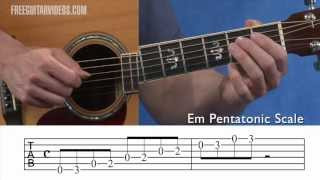 How to Play Guitar Scales
How to Play Guitar Scales

